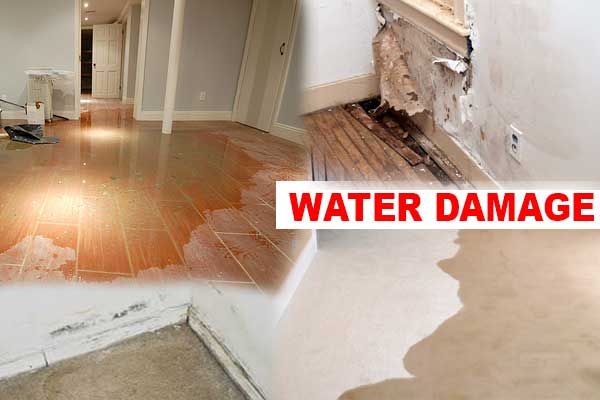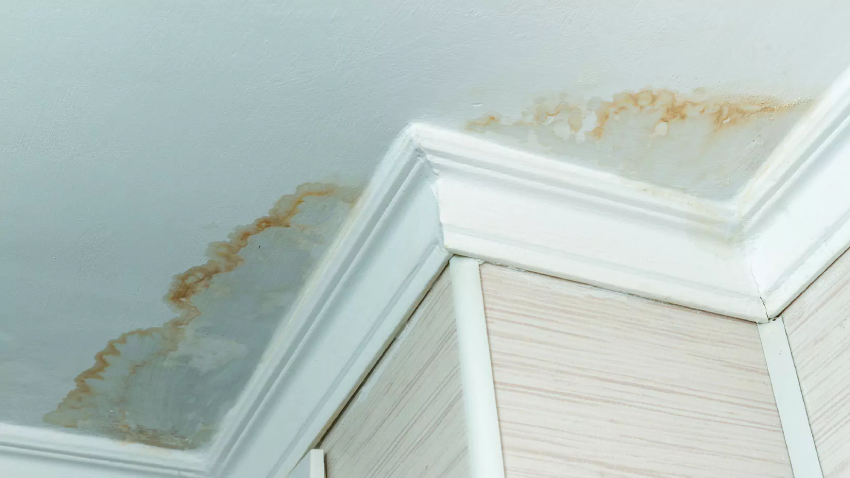Expert Water Extraction Services to Safeguard Your Property from Damage
The Refine of Water Damages Clean-up: Guaranteeing Your Home Is Restored Properly
Water damage can be a daunting difficulty for homeowners, requiring a structured and careful cleanup process to bring back safety and security and functionality. An extensive analysis is critical to determine the level of the damages and identify the ideal remediation procedures. Following this, efficient water extraction techniques play a crucial duty in reducing additional damage. Nonetheless, the subtleties of drying out, sanitizing, and eventual restoration are equally vital and commonly ignored. Comprehending these stages can make a considerable difference in the end result of your home's repair, motivating a closer check out what each action involves.
Evaluating the Damages
Upon uncovering water damage, the very first step is to extensively evaluate the degree of the effect. This initial analysis is essential, as it helps determine the needed actions for reliable cleanup and remediation. Begin by examining the influenced areas, consisting of walls, ceilings, floorings, and personal possessions, to determine the source of the water invasion, whether from flooding, leaks, or condensation.
Recording the damage is necessary for both insurance claims and preparing remediation efforts - damage restoration services. Usage pictures and written notes to record the seriousness of the damages, noting any type of damaged structural aspects and products. Pay special interest to locations that may not be promptly noticeable, such as behind walls and under carpetings, as hidden wetness can lead to additional problems, including mold and mildew growth
In addition, examine the timeline of the water exposure. The longer the products remain damp, the greater the capacity for damages. Recognizing the duration of exposure will notify the necessity of remediation efforts. Eventually, a thorough assessment lays the groundwork for a successful water damages clean-up procedure, ensuring that all affected areas are dealt with properly and extensively.
Water Extraction Methods

Professionals usually utilize completely submersible pumps for bigger volumes of water, which can swiftly reduce flooding in basements or other impacted areas. For smaller sized quantities, wet/dry vacuum cleaners are typically made use of to extract recurring dampness from rugs and difficult surface areas. Additionally, utilizing portable extractors enables targeted removal in restricted areas or locations with fragile materials.
In instances of infected water, such as sewer or floodwater, progressed extraction methods may involve using biohazard devices to guarantee security and compliance with wellness regulations. High-powered extraction devices are critical in decreasing water retention in architectural materials, which can lead to mold and mildew development and architectural degeneration otherwise attended to immediately.
Ultimately, the performance of water removal methods plays a pivotal role in the overall success of the water damages cleanup process, laying the foundation for subsequent restoration efforts.
Drying and Dehumidification
When standing water has actually been effectively extracted, the following important phase in the water damage cleaning procedure is drying and dehumidification. This action is important to stop additional damage and mold growth, which can occur within 24 to two days in moist environments.
To accomplish efficient drying out, specialized equipment such as industrial-grade air moving companies and dehumidifiers is used. Air movers flow air throughout wet surfaces, improving evaporation rates, while dehumidifiers reduce humidity levels airborne, promoting a favorable atmosphere for drying out. The mix of these tools ensures that dampness is drawn out from home furnishings, check my blog walls, and floorings, enabling them to completely dry extensively.
It is necessary to monitor the drying out process closely. Experts typically utilize moisture meters to evaluate the moisture content in different products, making sure that all affected locations reach acceptable dry skin degrees. This meticulous strategy helps to avoid surprise wetness pockets that can lead to architectural damages or unhealthy mold and mildew development.

Cleaning and Disinfecting
After the drying out and dehumidification stage is full, the next vital action in water damages clean-up is cleaning and sterilizing the influenced locations. This procedure is essential to avoid the development of mold and mildew, microorganisms, and other microorganisms that prosper in moist settings.
The cleansing phase normally includes removing any type of particles, dirt, and contaminants from surface areas using specialized cleansing representatives. For hard surface areas, a mix of soap and water or commercial cleaning products is usually employed. Soft materials, such as furniture and carpets, might require more substantial cleansing methods, including vapor cleaning or deep extraction strategies, to make sure thorough hygiene.

Sterilizing complies with cleansing, making use of EPA-approved disinfectants to eliminate harmful microbes. This step is essential, especially in locations that might have come right into call with floodwaters or sewage, as these resources can posture serious health risks.
Additionally, it is necessary to address any remaining smells, which might need using odor neutralizers or sophisticated methods like ozone therapy. Appropriate cleaning and disinfecting not only restore the safety and security and health of your home but also prepared for effective remediation and fixings in succeeding stages of the water damages cleanup procedure.
Remediation and Fixings

Once the analysis is complete, reconstruction efforts can begin. This generally entails repairing or changing broken products, making sure that all job adheres to regional building ordinance and criteria. For example, if drywall has actually been compromised, it will certainly need to be eliminated and changed with new product. Additionally, floor covering may need comparable attention, depending on the level of water direct exposure.
It is crucial to engage knowledgeable reconstruction professionals throughout this process, as they have the knowledge to manage complicated repair work properly. Moreover, they can aid mitigate potential future concerns, such as mold development or structural instability, therefore making sure a secure and habitable living atmosphere. Eventually, effective reconstruction and repair services recover the home's integrity and improve go to this site its general worth.
Conclusion
In conclusion, the procedure of water damages cleaning is critical for restoring a home to its pre-damage condition. Each stage, from assessing the damage to implementing reliable water removal techniques, followed by extensive drying, sanitizing, and check here needed repair services, plays an important duty in guaranteeing security and compliance with structure standards. Efficient execution of these steps not only mitigates immediate damage yet likewise enhances the long-term honesty and worth of the residential property.
Water damage can be a difficult obstacle for house owners, demanding a structured and thorough clean-up procedure to restore safety and functionality. Inevitably, a thorough evaluation lays the groundwork for a successful water damage cleaning procedure, ensuring that all impacted areas are attended to properly and thoroughly.
Efficient water extraction methods are crucial in mitigating damages and avoiding additional issues adhering to a water intrusion occasion.In conclusion, the process of water damage clean-up is essential for recovering a home to its pre-damage condition. Each stage, from analyzing the damages to executing reliable water removal techniques, adhered to by detailed drying out, sanitizing, and essential repair services, plays an essential role in making sure security and compliance with structure requirements.